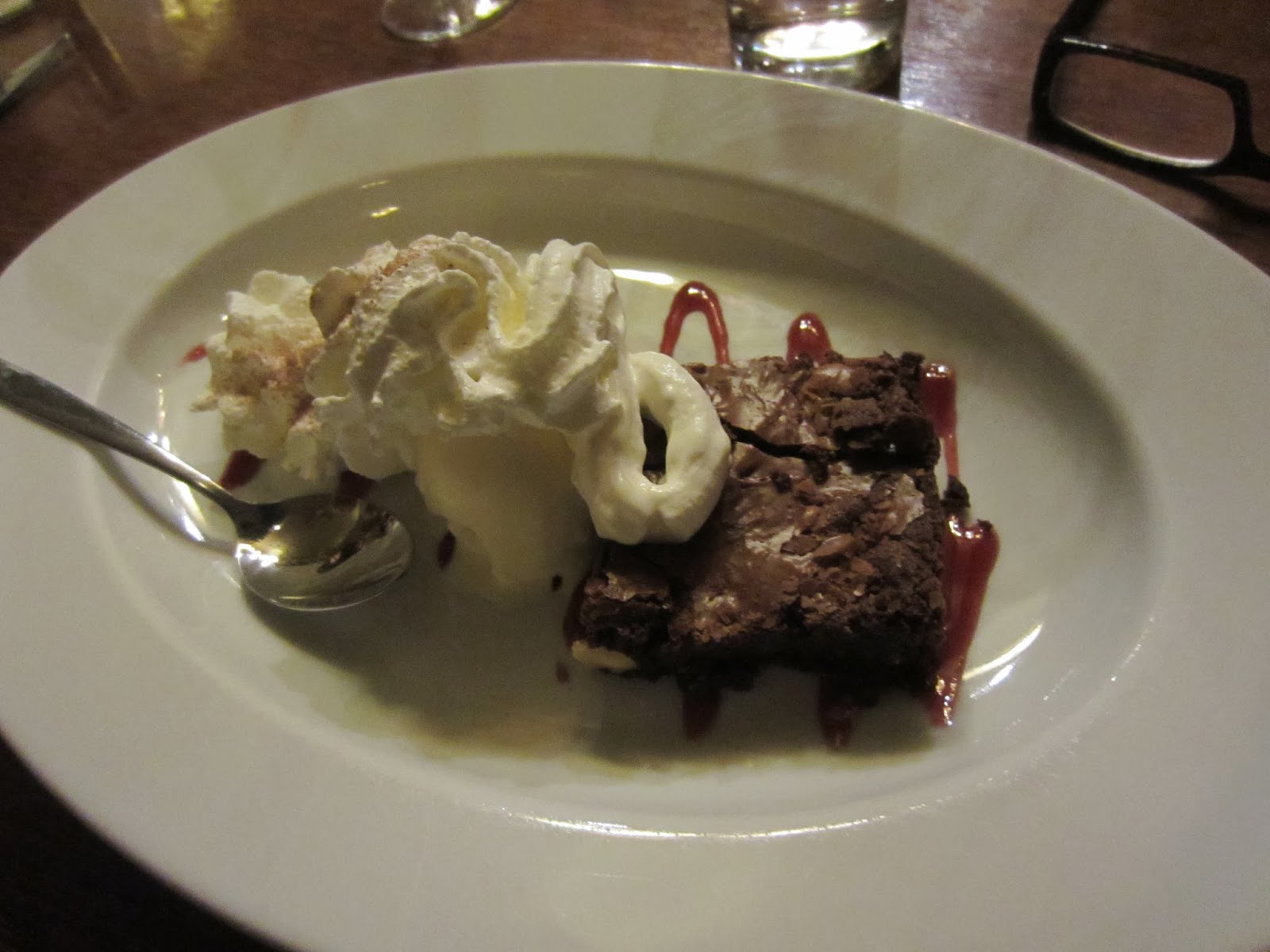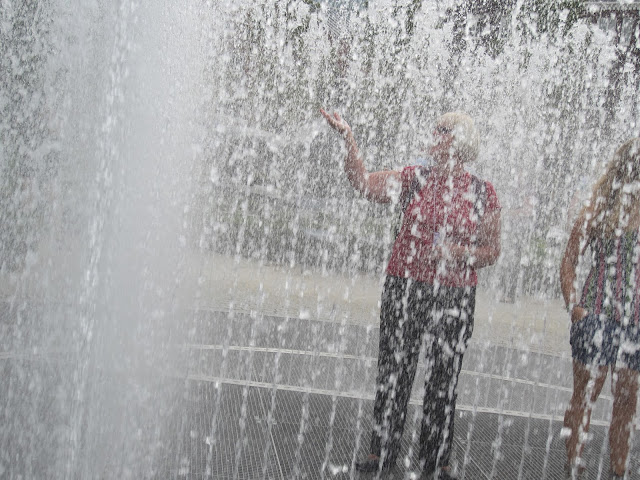The 17th century saw the Netherlands at the pinnacle of its power when they won their independence from Spain. Trade and shipping boomed; wealth poured in; the Dutch people were understandably proud; and the arts flourished. This became their Golden Age. And after so much sober religious art from the Middle Ages, artists discovered upper-middle-class businessmen in the Protestant republic who fueled Holland's capitalist economy and thus, commissioned big canvases to flaunt their prosperity. In the 17th century alone, five million paintings were hanging in those peoples' homes. Eventually, the best of these needed a place to be displayed.
 This morning found our group marching to a guided tour of the Rijksmuseum (which means, the "State Museum"). Thanks to a ten-year, 374 million euros renovation, it once again matches the vision of its 19th century architect, Pierre Cuypers. Built in 1885 to house the Netherland's greatest art, a series of brutal 20th century renovations chopped up and painted over a great amount of the massive complex. But today, much of Cuypers' original Gothic-revival design is back: natural light floods large rooms with high ceilings and long viewing galleries surround two massive courtyards, walled up for half a century.
This morning found our group marching to a guided tour of the Rijksmuseum (which means, the "State Museum"). Thanks to a ten-year, 374 million euros renovation, it once again matches the vision of its 19th century architect, Pierre Cuypers. Built in 1885 to house the Netherland's greatest art, a series of brutal 20th century renovations chopped up and painted over a great amount of the massive complex. But today, much of Cuypers' original Gothic-revival design is back: natural light floods large rooms with high ceilings and long viewing galleries surround two massive courtyards, walled up for half a century.

The Rijksmuseum has up to 8,000 works on display (from the 13th through the 20th centuries), including several thousand paintings. The incomparable collection of 17th century Dutch Masters includes those by Rembrandt, Vermeer, Hals, and Steen. Now, around the museum, many pieces are displayed together in their cultural context, making the exhibits a lively mix of Delftware, photographs, decorative objects, paintings, etc. The renovation has restored this great building to its original 1885 glory. And it's beautiful inside.
After an informative tour by a docent (we were divided into two groups), we were released to continue exploring on our own. It's a huge place and there were lots of things we wanted to see.
 Of course, Sam and I were "forced" to try some fancy drinks and sweets in the fancy café before we continued our treasure hunt. It seems like we're now doing "morning cake and coffee!" Delicious!
Of course, Sam and I were "forced" to try some fancy drinks and sweets in the fancy café before we continued our treasure hunt. It seems like we're now doing "morning cake and coffee!" Delicious!
Climbing up to the second floor on a staircase which hasn't been replaced since 1885, we entered the Great Hall. With its stained-glass windows, vaulted ceiling, and gilt moldings, this looks like the inside of many cathedrals we've seen on our travels. And it is--a cathedral to Dutch art and history. For more than 50 years, this space was painted over and used as a lobby and gift shop. For the recent restoration, it was returned back to Cuypers' design. The late-Victorian murals on the walls are original, restored after a long absence--the murals were deemed chauvinistic and taken down in the 1920s. They celebrate great moments in Dutch history--lots of explorers and warrior kings.

Who doesn't recognize Frans Hals' (1581-1666) the "Merry Drinker," which he painted in 1627? This jovial man in a black hat captures the earthy, exuberant spirit of the Dutch Golden Age. The militiaman merrily raises his glass of Berkemeyer to toast us. Hals' bravura painting style--the spontaneously applied brushstrokes enhancing the portrait's sense of liveliness and animation--ensured the continued success of the artist. We were now headed, along with many other museum visitors, to see the famous Vermeer section.
The master of tranquility and stillness, most of Vermeer's canvases show interiors of Dutch homes where women are engaged in everyday activities, lit by a side window. The Rijksmuseum has the best collection of Vermeers in the world--four of them. (There are only 34 in captivity, including "The Music Lesson" owned by Her Majesty Queen Elizabeth II.)
In one of my favorites, "The Milkmaid" (1658), a maidservant, entirely absorbed in her work, pours milk into a bowl. Except for the stream of milk, which you can almost hear, everything else is still. The sign next to the painting explains, "Vermeer took this simple everyday activity and made it the subject of an impressive painting--the woman stands like a statue in the brightly lit room. Vermeer also had an eye for how light by means of hundreds of colorful dots play over the surface of objects."
We saw much, much more, like Rembrandt's "Isaac and Rebecca: (a.k.a. "The Jewish Bride", 1667), but our minds were saturated and it was time to move on.






































